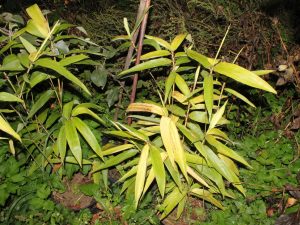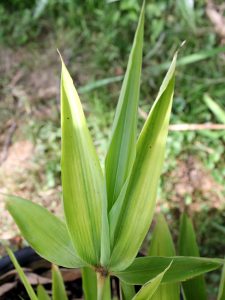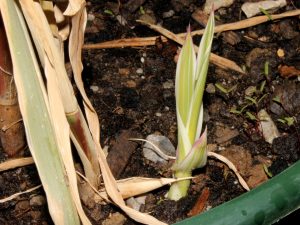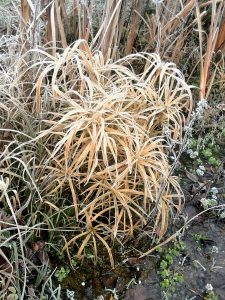Blueberry seeds
During early summer, I’ve taken several ripe Vaccinium corymbosum blueberries and kept them frozen for 6 months. During that time, they should become stratified enough to complete their dormancy. Without stratification period in the freezer, seeds would not become viable and would fail to germinate.

 Blueberries need a lot of light, moisture and slightly acidic soil. They can germinate slowly, so I had to make sure to prevent mold from destroying the young seedlings. I used microwave and sterilized peat moss, before I planted the seeds. I also tried fermenting several seeds for 2 days and started germinating them in wet paper towel.
Blueberries need a lot of light, moisture and slightly acidic soil. They can germinate slowly, so I had to make sure to prevent mold from destroying the young seedlings. I used microwave and sterilized peat moss, before I planted the seeds. I also tried fermenting several seeds for 2 days and started germinating them in wet paper towel.


One month after seedlings first appeared, I decided to give them more light. They immediately started growing faster and started changing color to darker green, with more red coloring in new leaves. I used very small containers so they needed watering every two days in intense light. Before, when I placed them into completely shaded location, they only needed watering every couple of weeks.
Placing the seeds into small germinating trays soon became an issue. As seedlings started to grow, they were more and more susceptible to drought. I placed some into well fertilized peat and they died instantly, as I expected they would. Remaining seedlings were placed in clumps into pure peat on May 2nd when sun isn’t strong enough to kill them, but can fasten up their growth.


















